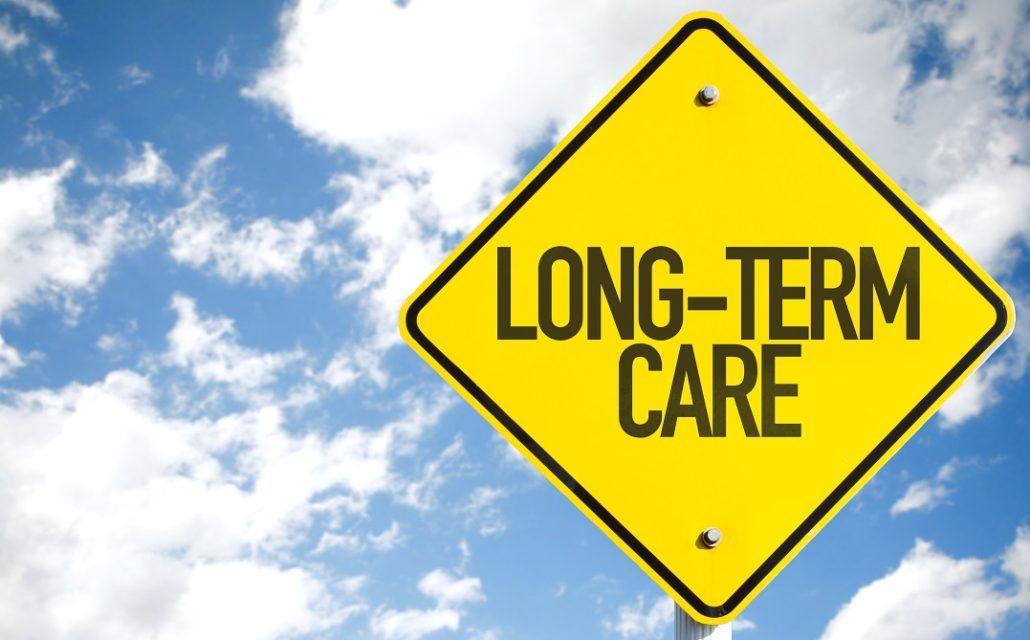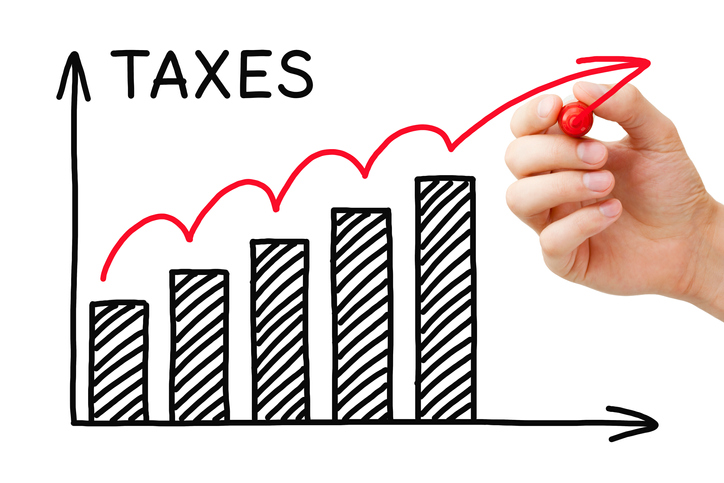The political left continues to push for a public option in the Obamacare exchanges. They argue that this is a government health insurance plan that will simply compete with private insurance. Theoretically, competition will create more choices for patients. The current Administration, on the other hand, has called this “Medicare for All,” or complete government-run health care.
Both positions were taken last week during the presidential debate.
While it’s easy to say a public option will only compete with private health insurance plans, the reality is quite different. It is impossible to compete with the government which has the ability to tax and the ability to run a budget deficit, unlike private companies.
Depending on how it’s designed, a public option has the chance of being much more generous than a private plan in the Obamacare exchanges. For example, the public option plan as passed by the Washington state legislature provides subsidies up to 500 percent of the federal poverty level, rather then the 400 percent in Obamacare. It also caps out-of-pocket health care spending for enrollees. (here)
Researchers estimate that funding a federal public option would add an $800 billion deficit over 10 years. (here) To remain budget-neutral, taxes would need to be raised significantly. If just the “rich” are taxed, the top rate would reach 60 percent. If just corporations were taxed, the rate would need to increase from the current 21 percent to 58 percent, making American industries much less competitive with companies in other nations. If the middle-class were to be taxed, marginal rates would be at least 32 percent with top rates above 50 percent, costing the average family several thousand dollars a year in additional taxes.
So the cost of a public option would be astronomical, but what about the idea of more patient choices through competition? We only need to look at what happened with health insurance competition after Medicare became law. There was a vibrant private insurance market for seniors in 1966 when Medicare started. Within a few years, that market for seniors was gone. Private companies found that they could not compete financially with a massive government program like Medicare. Consequently, Medicare is now essentially a government-run, single-payer health care system, without competition.
Who would actually benefit from or use a public option? Half of all Americans now receive their health care benefits from their employers or their spouse’s employer. Employers are experiencing ever-rising health insurance premiums. At some point, employers may consider enrolling their employees in a functioning public option at much lower costs. This would decimate the private health insurance industry. Forty percent of Americans are already enrolled in a government program – Medicare, Medicaid, Obamacare, and the VA hospital system. The five percent, or so, of Americans in the individual health insurance market would find virtually no other plan than the public option.
Back to the original question. A public option may not be “Medicare For All,” but it clearly is another huge step toward a total government-controlled, single-payer system like Medicare.
You can learn more about how this works and better reforms available by reading my new book, Health Care Policy Simplified.





